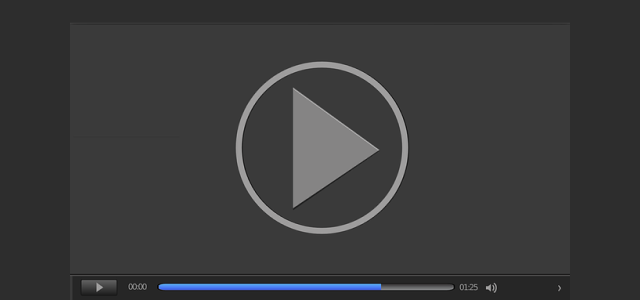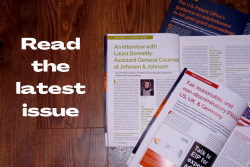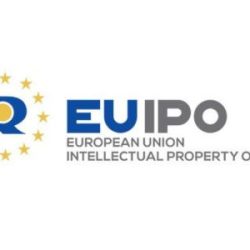Recent EPO decision T3000/19 casts doubt on how (and practically, whether) audio/video prior art available on the internet should be cited at the EPO.
 T3000/19 concerns an appeal from the examining division who had refused an application based on a video found on the internet and cited as novelty-destroying prior art. The applicant argued in response that the video was not enabling.
T3000/19 concerns an appeal from the examining division who had refused an application based on a video found on the internet and cited as novelty-destroying prior art. The applicant argued in response that the video was not enabling.
The EPO guidelines state that “Video and/or audio media fragments available on the internet [should be cited as] a non-patent literature citation. The bibliographic data contain the URL of the original location on the internet.” However, in T3000/19, the webpage hosting video cited as prior art was no longer available, and the video screenshots and selective quotes provided by the examining division, whilst cited in accordance with the guidelines, were deemed insufficient to allow the Board to assess the teaching of that prior art as a whole.
The Board noted that they “could …not find publicly available information about whether and how, in proceedings before the EPO, the content of an internet video used as prior-art evidence in examination should be preserved and made accessible to external parties or the boards of appeal.” The Board reviewed guidelines published by the Council of Europe on the use of electronic evidence in civil proceedings and, whilst recognizing that these are non-binding on the EPO, concluded that they provide useful indications as to the standards required for evidence preservation. The Board state that “electronic evidence should be collected, structured and managed in a manner that facilitates its forwarding to other courts, in particular appellate courts”, and that “electronic evidence should be stored with standardized metadata so that the context of its creation is clear and the integrity of the evidence is preserved. Readability, integrity and accessibility should be guaranteed over time”. They note that screen grabs and the like are too easily manipulated and do not meet the required evidential threshold. Frustratingly however, there is no suggestion from the Board as to how the EPO should or could cite multimedia internet evidence in the future.
The application in T3000/19 has been remitted to the examining division for continued prosecution. Given that the video is no longer available, how should the examiner proceed? And more generally, how will the EPO cite internet audio/visual internet clips in the future? The guidelines are due to be updated in the coming months, and what should they say?
In relation to the application at issue (where the video is no longer available), it seems that the examiner and/or applicant could each provide evidence (e.g., declarations or the like) as to what the video taught and how it was understood by the skilled person (akin to evidence from audience members as to what was taught in a seminar, T1212/97). Indeed, could this be the required evidential threshold that the EPO adopts in the future (and potentially in the new guidelines)?
Alternatively, the EPO need to adopt an SOP for preservation of audio/visual prior art downloaded from the internet. The burden on the EPO will be significant, and I question whether they will want to be providing such evidence on the public file (since they will then need to reproduce and host the evidence on the EPO register, which could cause copyright concerns). We suggest that witness statements or declarations as to the skilled person’s understanding of the multimedia content is a more likely path forward, but will examiners practically be able to do this? An examiner is not a notional skilled person. As the guidelines note in relation to oral evidence and lectures, such prior art is more commonly relied on in opposition proceedings, where an interested party (rather than the EPO) gathers evidence to meet the required threshold. Consequently, could this mean an end to examining divisions citing internet multimedia prior art? That in itself is an undesirable outcome, with the EPO already stating in the guidelines that “for the sake of a valid patent it is often crucial to cite publications only obtainable from such internet websites.” There is no obvious solution and how this is tackled in the new EPO guidelines (expected early 2023) will be very interesting!
Written by Tim Belcher, Partner at EIP











